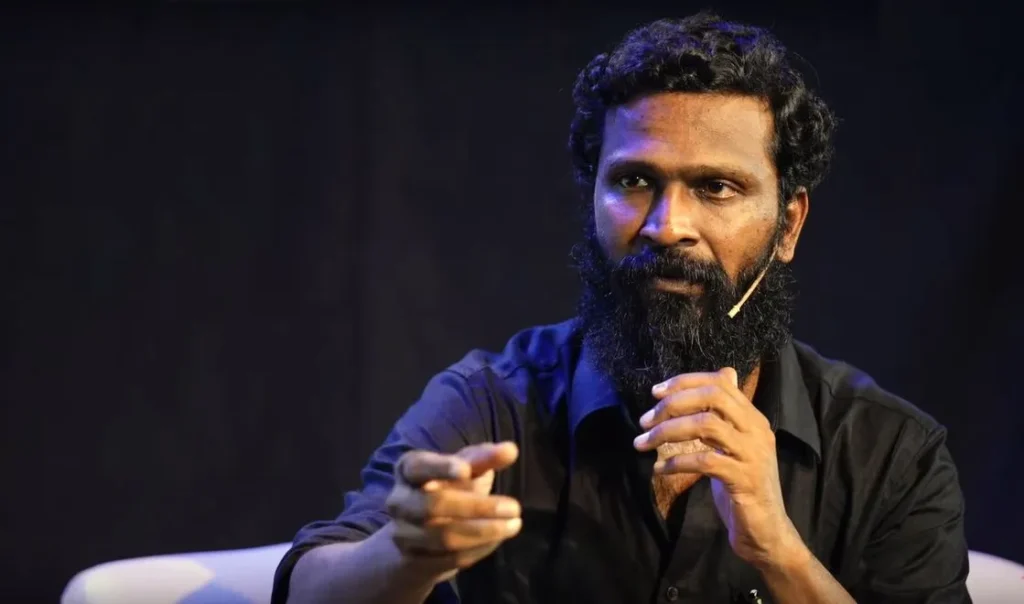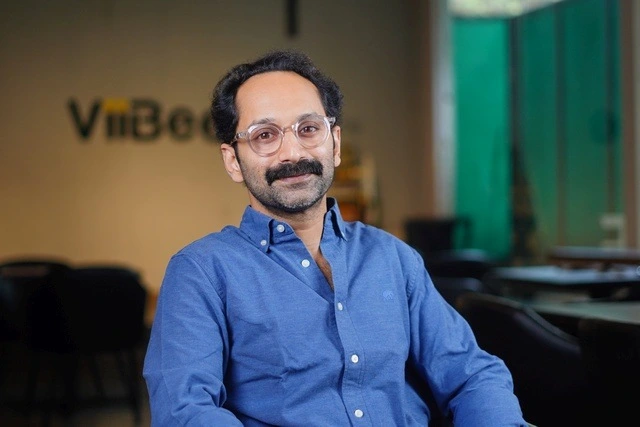In Part 2 of this three-part filmmaking masterclass, the Visaranai director talks about the importance of mid-points, thoughts that went into crafting the story structure of Visaranai and more…
Edited excerpts:
Composing an intermission point in scripted and improvised writing.
A mid-point is present in all films, even the typical Hollywood film — hitting that high note and then moving on to the next point. If you take Aadukalam, you can see the triangle of the Greek tragedy perfectly. That’s the protagonist’s peak. From there, you have the rising action, climax, falling action and, resolution. For me, the mid-point is where people change — the circumstances that lead to the character’s change. It is very crucial. In our times, when I was watching films as a student, if the audience was not talking about what would happen next during the interval, they didn’t have the urge to come early. There was something called the “popcorn scene” which was basically a scene that gave us time to get popcorn, after which the actual scene began. So if you are in a situation where you have to place a scene like that, then I don’t think it works. We had a perfect mid-point for Aadukalam and Vada Chennai, where the true intentions and identity, or the shades of people we have been looking at in a different light, are revealed. We have an idea about a start, mid-point and end when we start the film. Sometimes the end might be vague with multiple options to try out. You introduce a character, the conflict builds and its peak is usually the mid-point.

Figuring out the story structure of Visaranai.
My friend had recommended this book, whose adaptation he was supposed to do initially, and said if I liked the story, I should make a film out of it because he had no idea when he would be able to do the same. So I read it, really liked it and knew we could make it into a film after reading about 15-20 pages. I had the opening in mind. I started shooting and then halfway through it, I realised that maybe this was not enough. These people were transferred from the lock-up to the jail, the judge remanded them for 15 days, and since they didn’t have anyone to bail them out, they were stuck inside for 18 months. And then this boy never agreed to accept the crime. Chandrakumar had written a book about this experience, and when I read that I thought it would again become the same thing. I sensed that both the first and second half would be the same. After shooting for 2-3 days, I realised that it had to move to the next point — that we needed to add some stuff — or it would begin to feel stagnant. So I combined some real-life stories and conspiracy theories I’d heard of and came up with a second half. It was not in my mind when I initially started shooting it. When I started shooting, I wanted to explore the possibility of making a film in a lockup.
Watch the full interview at:



